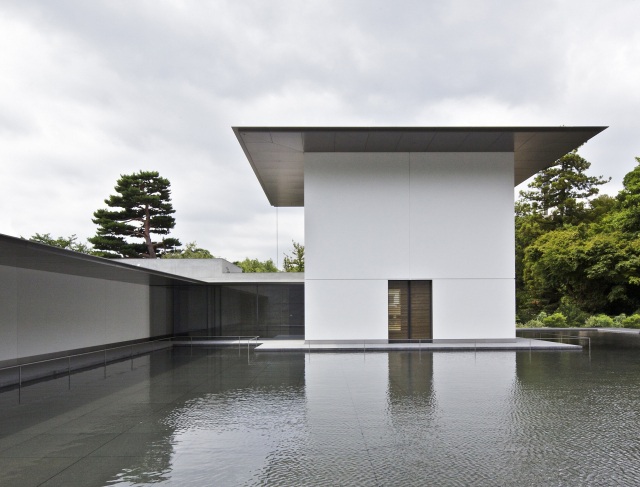Rain or snow, no worries! Indoor Sightseeing Course
The Honda-no-mori area adjacent to Kenrokuen Garden was once the row of samurai residences of the Honda family, retainers of the Kaga domain. Today, various cultural facilities are scattered throughout the vast green space and the area is well known as a zone with a rich cultural flavor.
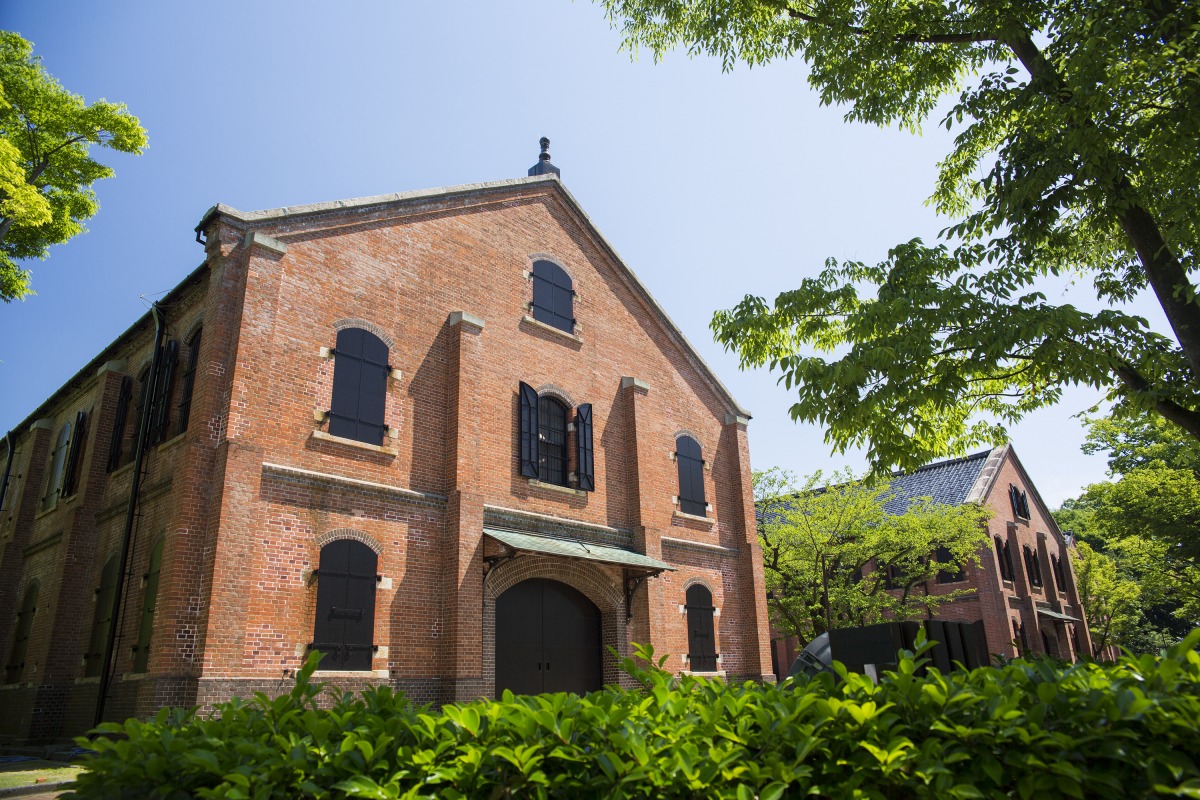
3 minutes walk from “Dewa-machi” bus stop.
National Crafts Museum
Digging Deeper into Kogei
The National Crafts Museum is the only national museum specializing in crafts and the first national museum located on the Sea of Japan side of the country, but there is little wonder how it came to Kanazawa. Kanazawa has a long history of supporting the arts dating back to the ruling Maeda family’s patronage of the arts and culture starting over 400 years ago. Since then, the city has thrived as a center for Kogei, or traditional Japanese Crafts. Kanazawa is known as the “City of Crafts.” In fact, in 2009, UNESCO designated Kanazawa as a city of Crafts and Folk Art in its Creative Cities Network which eventually led to the relocation of the museum from Tokyo in 2020.
Housed in two historic Meiji-era (1868-1912) buildings formerly used by the military and restored with their original exteriors, the National Crafts Museum holds more than 4,000 craft and graphic design artworks primarily originating from the 20th century and is home to the finest examples of Japanese traditional crafts in the nation, including many pieces created by Japan’s Living National Treasures, the designation for master craftsmen of a specific traditional art or craft. The National Crafts Museum is located near Kenrokuen Garden, in an area that is home to several of Kanazawa’s museums.
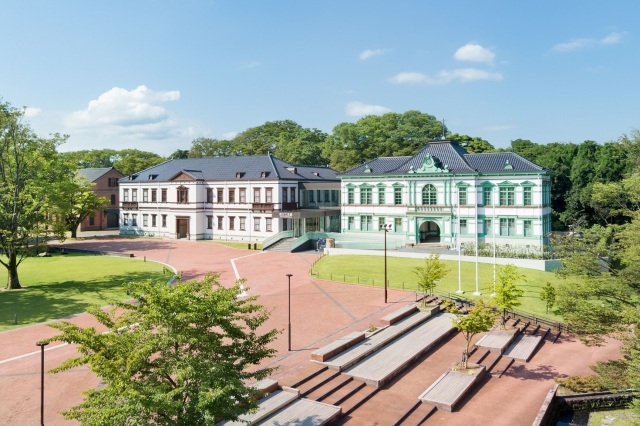
Ishikawa Prefectural Museum of History
Facilities for preserving and conveying Ishikawa's history and culture
Located just 1 minute on foot from the National Crafts Museum, Ishikawa Prefectural Museum of History is the perfect place to gain an understanding of the samurai culture and politics of the Kaga Domain. As a peaceful city ruled by powerful Maeda lords, the Kaga Domain (now called Kanazawa) developed a unique samurai culture. The samurai (usually called bushi or buke in Japanese) had a huge impact on the development of this culture. Beautiful crafts such as kimono Kaga-yuzen (fabric dyeing); gold leaf; Kutani-yaki porcelain and Maki-e lacquerware production, as well as artforms like Noh theatre and the tea ceremony were an important part of the samurai way of life. The museum is housed in three, beautiful former armoury warehouses built at the end of the Meiji period (1868-1912) to the early Taisho era (1912-1926).
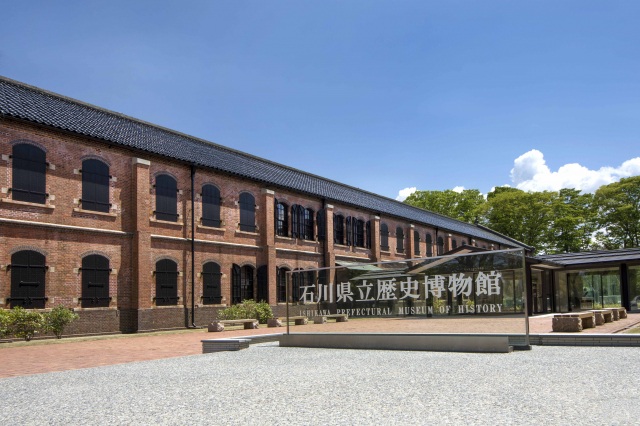
Ishikawa Prefectural Museum of Art
The Ishikawa Prefectural Museum of Art exhibits antique art objects, articles possessed by the Maeda family, Japanese paintings, oil paintings, sculptures, and modern handicrafts related to Ishikawa Prefecture. Traditional arts and crafts of artisans designated as Living National Treasures, a collection of Kutani porcelain works, and daimyo tools (feudal lord tools), such as Kaga lacquer works, are the highlights of the museum.
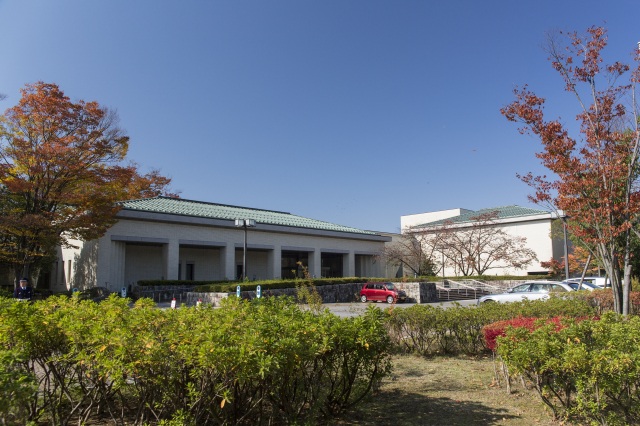
D.T. Suzuki Museum
Learn about the life and teachings of Kanazawa’s most famed philosopher
Known around the world, Daisetz Suzuki – also known as D.T. Suzuki – is one of Japan’s most famous Buddhist philosophers. His essays and teaching were incredibly influential in spreading Buddhist philosophy to the West.
Born in Kanazawa, the philosopher is commemorated in city through the D.T. Suzuki Museum. The museum is located in the area of the city where D.T. Suzuki was born and comprises three wings – the Entrance Wing, the Exhibition Space Wing and the Contemplative Space Wing – as well as three gardens – the Vestibule Garden, the Water Mirror Garden and the Roji Garden.
In addition to containing many exhibits relating to the life of D.T. Suzuki, the museum also serves as a place of reflection for visitors as they contemplate his teachings.
